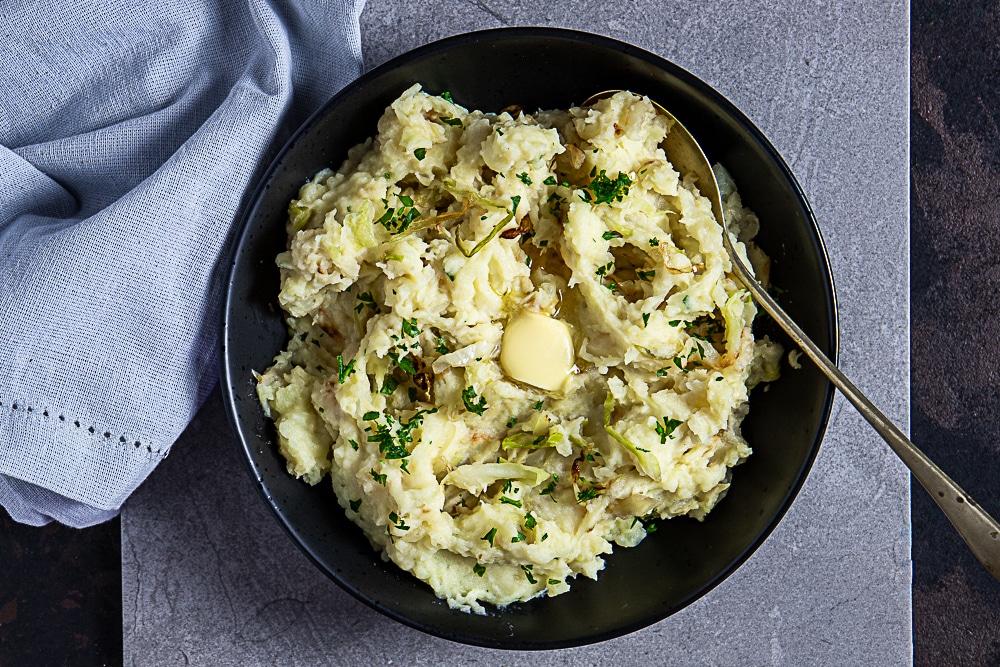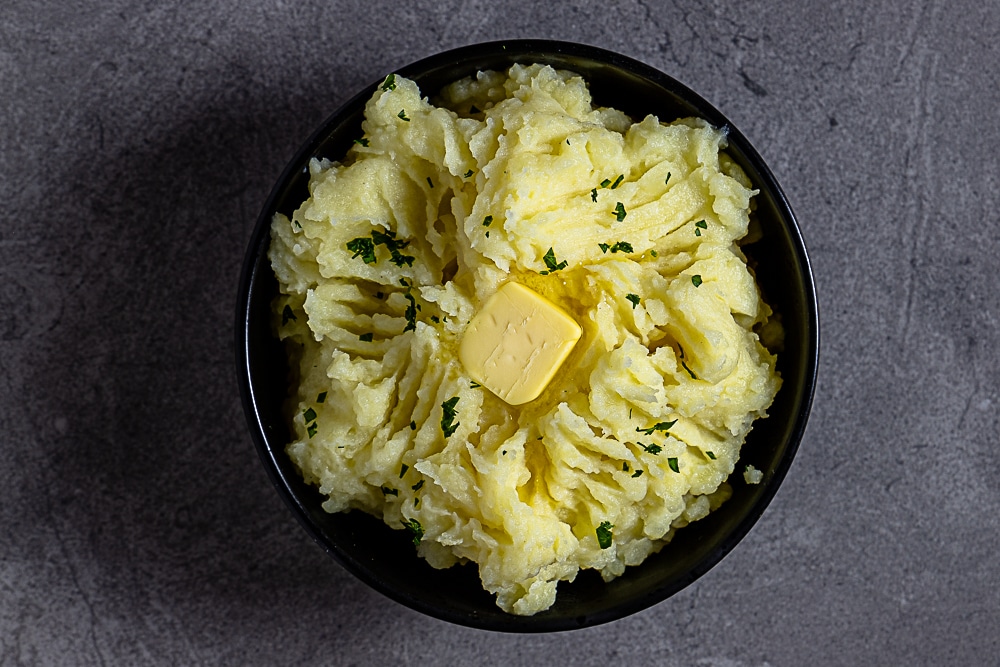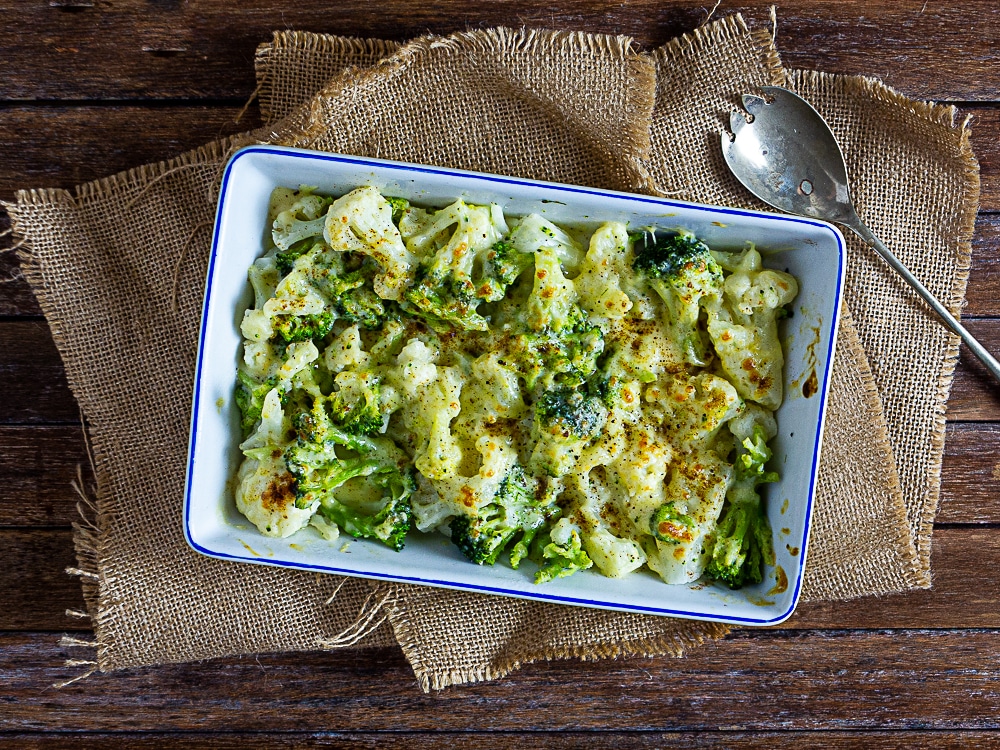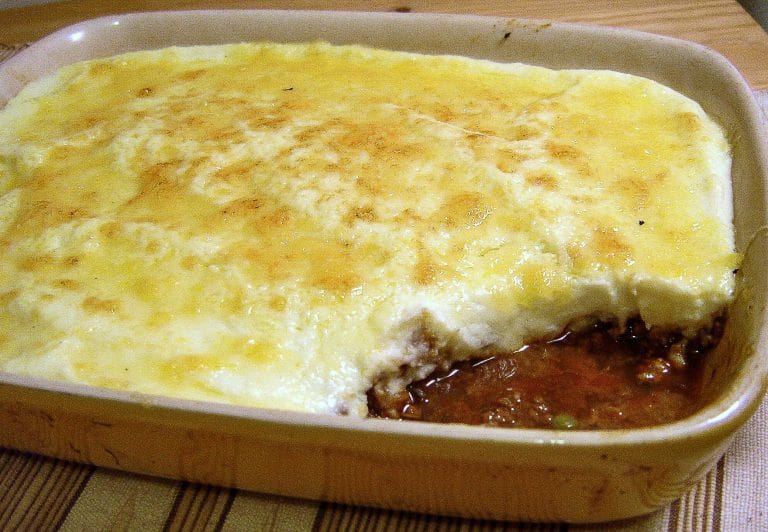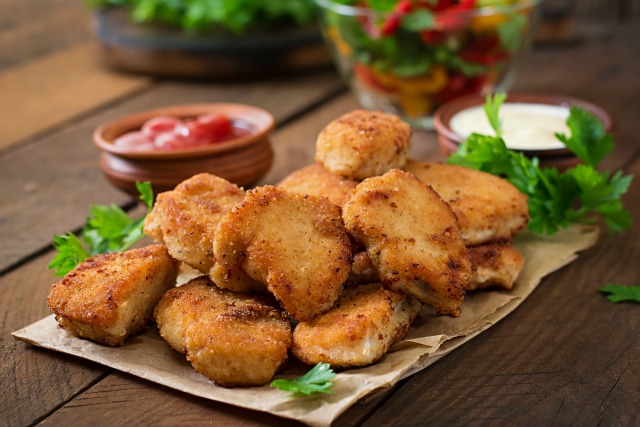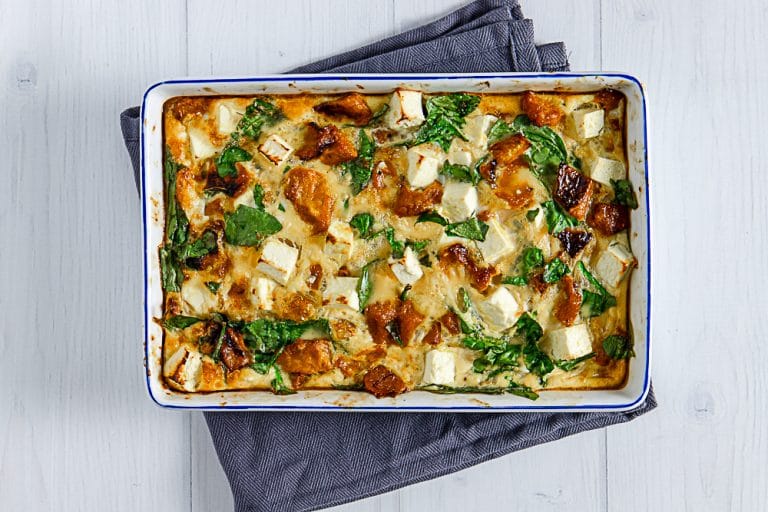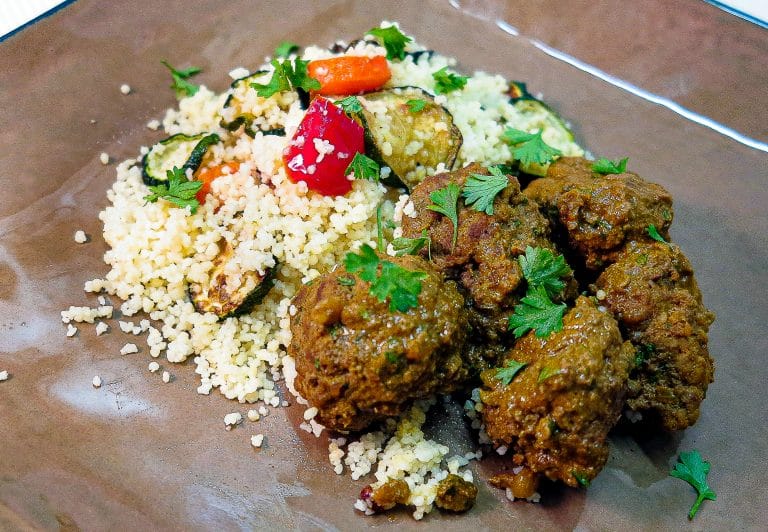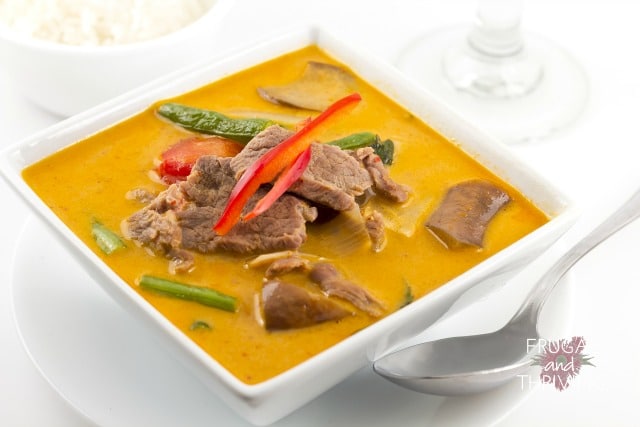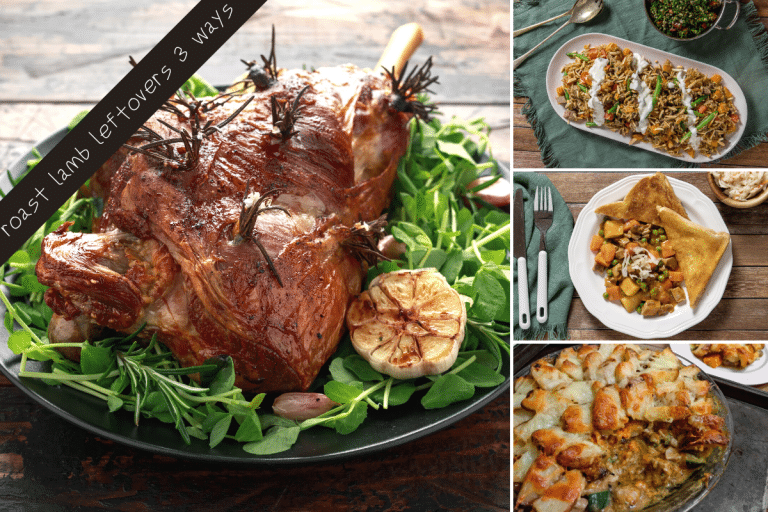Traditional Corned Beef with Vegetables and White Sauce
This website may earn commissions from purchases made through links in this post.
Slowly simmered to juicy perfection and flavoured with cloves, this traditional corned beef recipe with vegetables and white sauce is sure to be a hit.
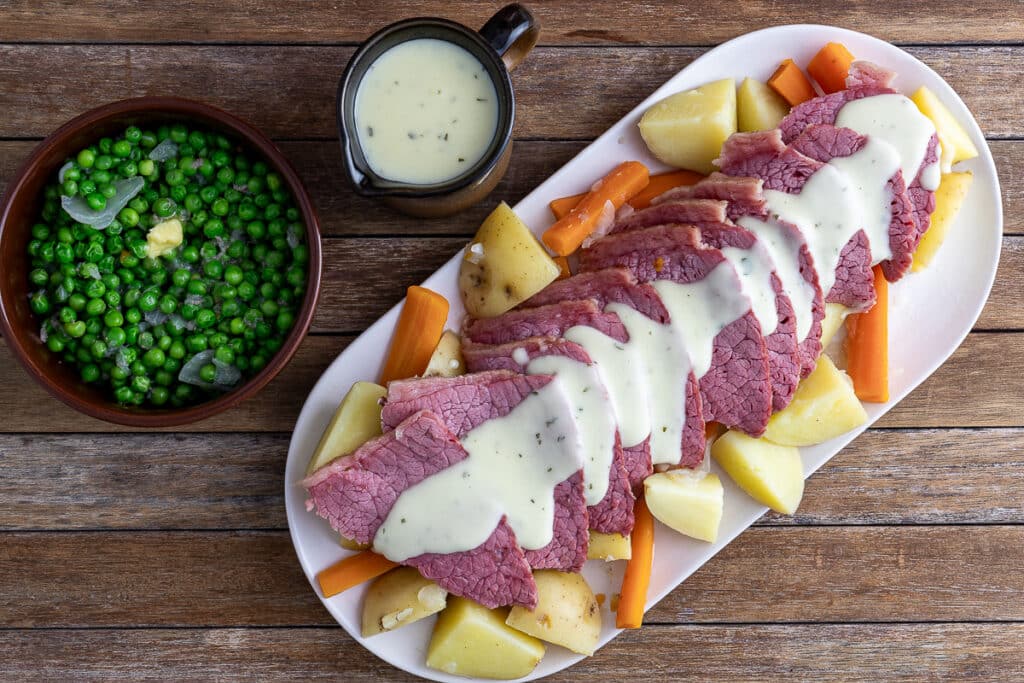
If you were to ask me what my all-time favourite meal was, it would be corned beef and vegetables with white sauce.
From the time I left home to now, every time I return home to visit Mum, I request her special corned beef.
And keeping the tradition alive, it’s now my son’s favourite dish.
Apart from the delicious flavour, everything except the sauce is made in one pot. Super easy, not too much washing up.
What is Corned Beef and Where Can You Buy It
Corned beef is salt-cured beef, traditionally beef brisket, that has been seasoned with large-grained rock salt and then usually boiled or simmered in a cooking liquid, hence the distinctive salty favour and tender texture.
If you’re interested in trivia (I love trivia), then the term ‘corned’ comes from the old English word for grain or small, hard particles (or further back, the Proto-Germanic word ‘kurnam’, from which we get kernel) describing the coarse salts used in curing. In England, fresh corned beef is usually referred to as ‘salt beef’, while the term ‘corned beef’ refers to the canned variety.
Corned beef has its roots in Ireland, although the popularity of eating corned beef and cabbages on St Patrick’s Day is more American than Irish. It is also a key ingredient in various cultural dishes around the world, including Caribbean corned beef stew and the famous Jewish deli sandwich, the Rueben.
When it comes to buying corned beef here in Australia, you can find it in the meat section of any major supermarket. It is a relatively cheap cut, and with our family of four (teenage son), we still have leftovers for lunches later in the week.
The terms corned beef and silverside are often used interchangeably here in Australia, but they are two different things (I’ve made the mistake of buying a silverside roast instead of corned beef because that’s what we called it as kids).
While corned beef is usually brisket cured in brine, silverside is a hindquarter cut. Because it is less fatty and more tough than other cuts, it is perfect for slow cooking or braising.
I once came across a massive piece of corned beef that was reduced to clear because it was approaching its use-by date. I cut it into thirds and froze each portion (prior to cooking) so we could have several meals over a few months. Alternatively, I could have frozen the cooked, sliced meat for lunches.
Traditional Corned Beef and Vegetable Ingredients
Ingredients
1.2 kg of corned beef
onion
peppercorns
cloves
brown sugar
bay leaves
carrots
potatoes
peas or cabbage
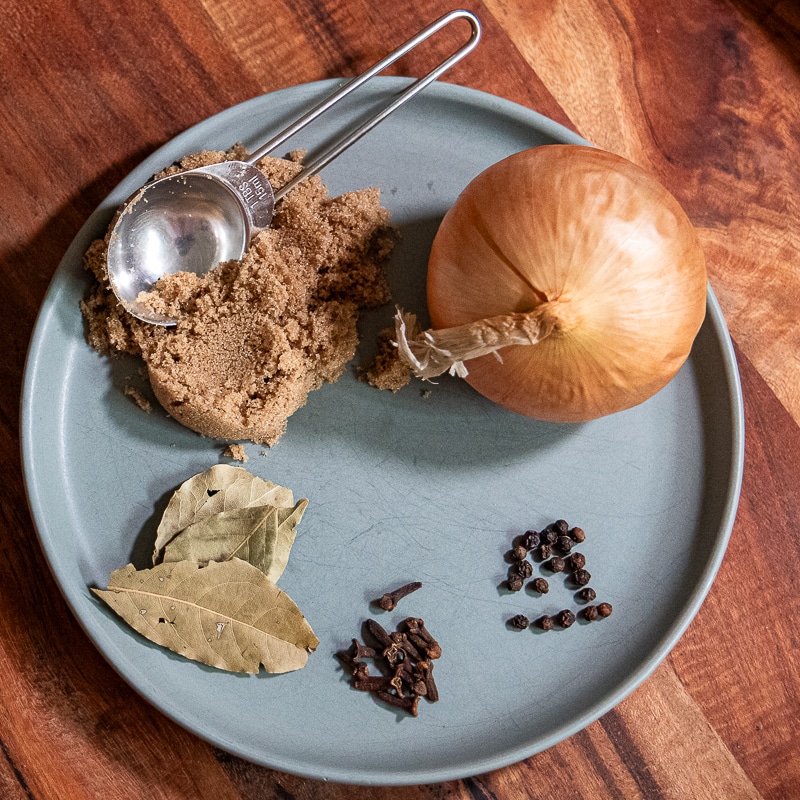
Don’t like cloves? Leave them out or switch them with star anise for a subtle aniseed flavour.
How to Cook Corned Beef
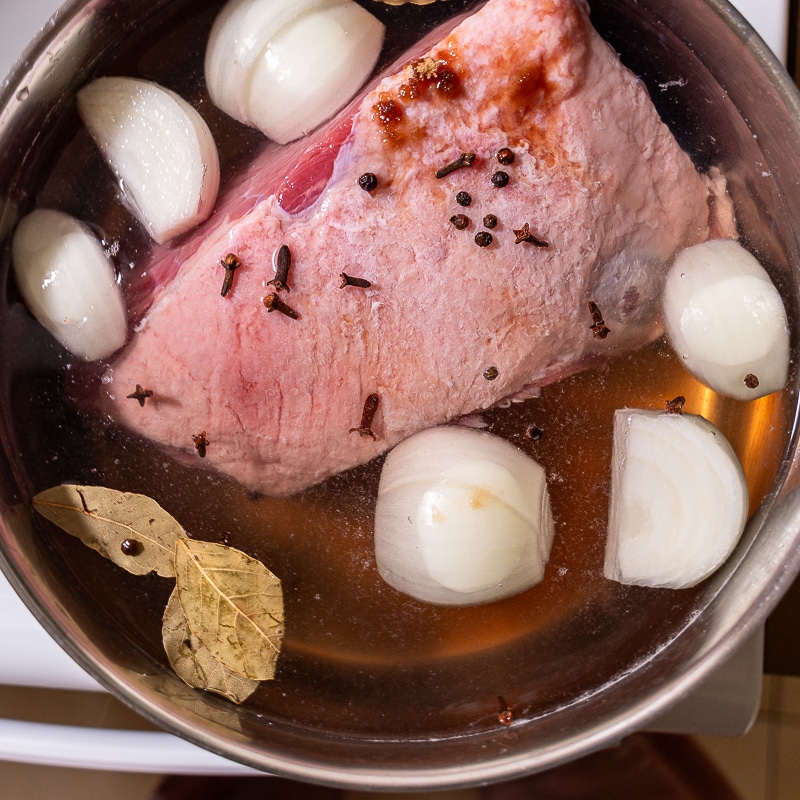
Cooking corned beef couldn’t be easier. Simmer in a pot of water with the addition of some aromatics, slice, and serve.
Some key points for getting the perfect outcome:
- Rinse the corned beef in cold water first. This removes some of the brine. Don’t worry; it will still have plenty of salty flavour.
- Avoid boiling the beef. If you let it boil, it can become tough. I have to slide my pot backwards a little so it is partially off the electric hotplate to get the simmer just right. The pot also rests on the back burner (turned off), so it is level and safe. Don’t slide it forward or have the pot unstable, as that can be a burn hazard just waiting to happen.
- I use a digital meat thermometer similar to this one to make sure my meat is cooked just right.
One-Pot Dish: Cooking the Vegetables
One of the appeals of this dish (apart from the salty flavour) is that is made in one pot (two if you make sauce).
Once the beef is cooked, remove it from the cooking liquid, cover it, and let it rest.
Add some chopped potatoes and carrots to the water and simmer until they are almost tender.
Then add the greens—it is traditional to add cabbage wedges, but you can add peas or green beans if you prefer.
Cook for a further few minutes until the vegetables are tender and cooked to your liking.
How to Serve Corned Beef
To serve the corned beef, slice the beef finely and serve on a platter surrounded by the vegetables.
Some people like to eat the corned beef slavered in mustard (hot English was my nanna’s favourite). But I prefer the traditional white or parsley sauce. The mildness of the sauce cuts through the saltiness of the beef, balancing the meal.
Alternative Vegetable Sides
Don’t like boiled vegetables?
Other alternatives include mashed potato, colcannon, and my favourite, braised cabbage, where you cook the cabbage in a frypan in a little chicken stock and butter until the liquid evaporates, it fries a little, and you have tender, flavourful cabbage,
How to Make the Most Delicious White, Parsley Sauce, or Mustard Sauce
The key to making a flavour-packed white sauce that is the perfect accompaniment to corned beef is to save some of the cooking water to add to the sauce.
All that yummy, salty, clove and bay-infused water adds a tonne of flavour to the white sauce.
The recipe notes below provide instructions for making the white sauce, but for more information, including video instructions, see How to Make a Basic White Sauce.
What to do with Leftover Corned Beef
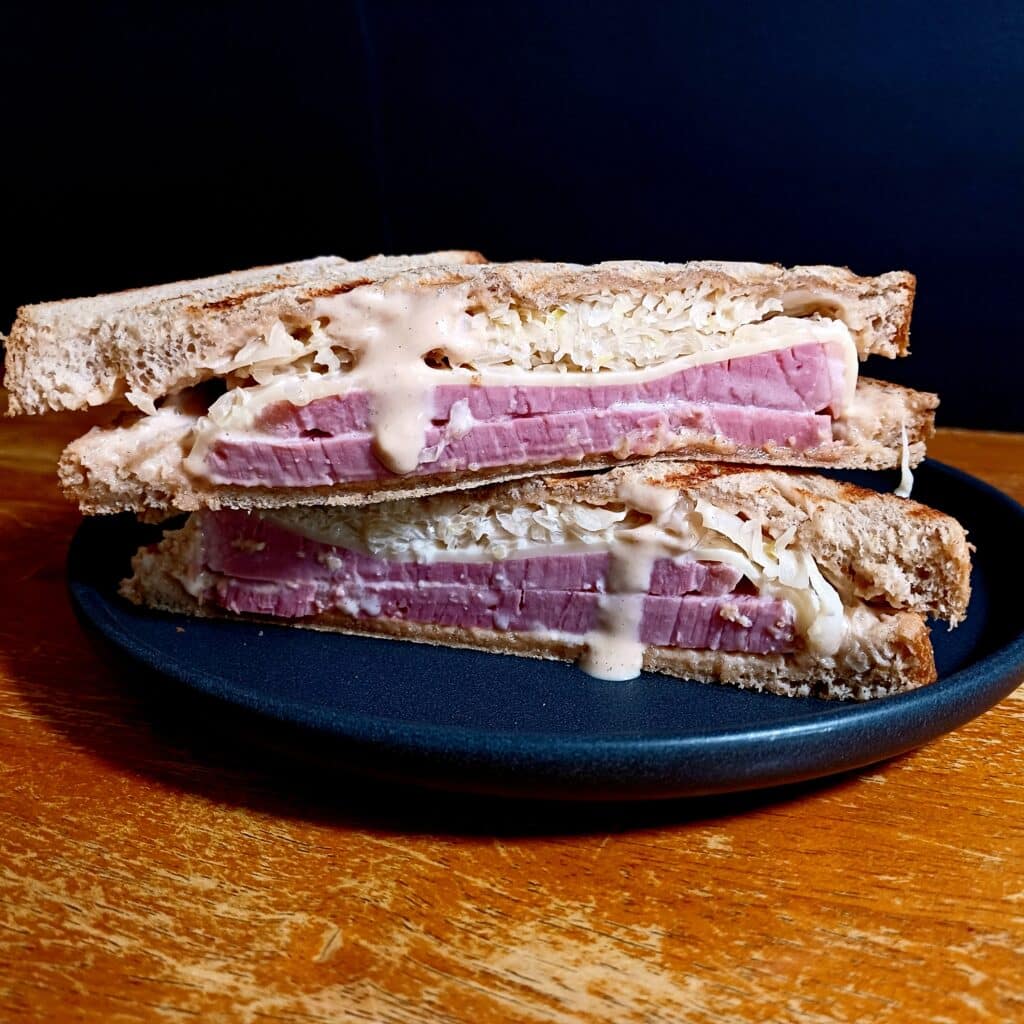
The best part of cooking up a large cut of meat is the leftovers!
The most famous way to use corned beef leftovers is in a Rueben sandwich. It’s traditionally made with rye bread, but we’re home cooks using leftovers, so you can use whatever bread you have on hand.
Spread generously with Thousand Island dressing. If you don’t have that on hand, a quick cheats version that is similar can be achieved by mixing mayonnaise with tomato sauce (ketchup) and Worcestershire sauce or mixing mayonnaise with BBQ sauce).
Add the corned beef, top with some tasty cheese, and if you have it on hand, sauerkraut for tangy perfection. Alternatively, use up the leftover boiled or braised cabbage if you made some.
Another option is to make corned beef hash, which is basically finely chopping the meat dicing leftover boiled potatoes, and frying them in oil or butter until browned. A great breakfast option, served with an egg.
Traditional Corned Beef and Vegetables
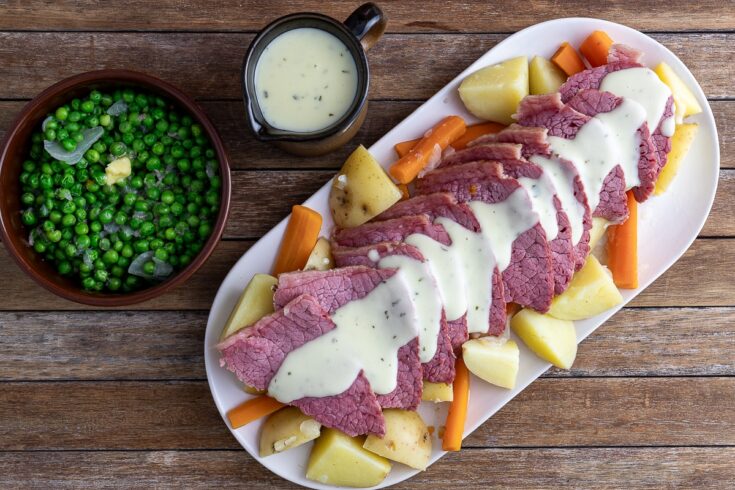
A multi-generational family favourite, this easy corned beef and vegetables recipe is made in a single pot (apart from the white sauce). You can use cabbage instead of peas (more traditional), but if I use cabbage, I like to braise it separately for extra yumminess.
Ingredients
- 1.2kg corned beef
- 1 onion, cut into wedges
- 10 whole cloves (or more or less to taste)
- 8 black peppercorns
- 2 bay leaves
- 1-2 Tablespoons brown sugar
- 4 carrots, quartered
- 4 small to medium potatoes, quartered
- 1 cup of frozen or fresh peas
- 1 portion of white sauce
Instructions
- Put the corned beef in a pot and cover with cold water. Leave it to sit for a few minutes and drain.
- Add clean water, just enough to cover, then add the cloves, peppercorns, bay leaves, onion, and brown sugar.
- Cover and bring the water to a gentle simmer. I find I have to have the pot partially off the electric element (towards the rear of the stove for safety) to get it low enough to simmer gently. Don't allow it to boil, or the meat will become tough. Spoon the liquid over the meat occasionally during cooking.
- Cook for about 1.5 hours. You can test that the meat is done by using a thermometer. The internal temperature should be close to 70°C (160°F).
- Remove the meat from the pan, cover, and set it aside while the vegetables cook. Reserve about half a cup of the cooking liquid to add to the white sauce.
- Add the carrots and potatoes to the cooking liquid and simmer for approx. 10 mins or until nearly tender when tested with a knife.
- Add the peas to the same cooking liquid and cook for a further few minutes until all the vegetables are cooked to your liking.*
- To serve, finely slice the meat and arrange on a platter with the vegetables. Serve white or parsley sauce alongside.
Notes
* I fully cooked and removed the carrots and potatoes before adding the peas so I could photo them separately, but I wouldn't normally bother.
You can substitute the peas with wedges of cabbage for a more traditional version, but I prefer to braise cabbage with a little butter for taste.
To make the white sauce:
melt 40g of butter in a saucepan. Add 2 tablespoons of plain flour and cook for a minute or two, stirring. Slowly add 1 cup of milk, stirring to combine. Add the reserved cooking liquid. Cook, stirring constantly, until the sauce thickens. You can add more milk to get the consistency you like. Season to taste, but don't over-season, as the corned beef is already salty. The best time to make the white sauce is while the vegetables are cooking.
For parsley sauce, stir in 2 tablespoons of chopped, fresh parsley before serving.
For mustard sauce, add your favourite mustard to taste (start with about 1/2 a teaspoon).
Nutrition Information:
Yield:
6Serving Size:
1Amount Per Serving: Calories: 665Total Fat: 40gSaturated Fat: 13gTrans Fat: 0gUnsaturated Fat: 20gCholesterol: 199mgSodium: 1987mgCarbohydrates: 35gFiber: 6gSugar: 9gProtein: 41g
Nutritional information is calculated automatically using the Nutritionix database. Nutrition information can vary for a recipe based on factors such as precision of measurements, brands, ingredient freshness, serving size or the source of nutrition data. We strive to keep the information as accurate as possible but make no warranties regarding its accuracy. We encourage readers to make their own calculations based on the actual ingredients used in your recipe, using your preferred nutrition calculator.


